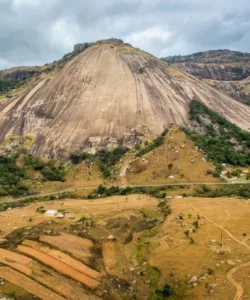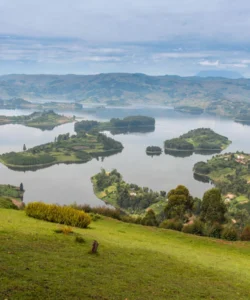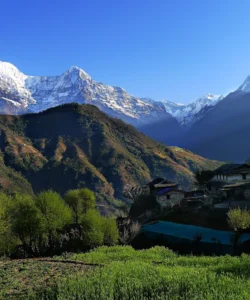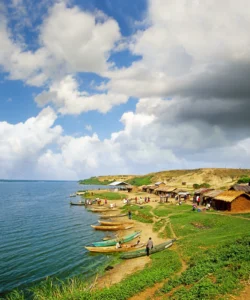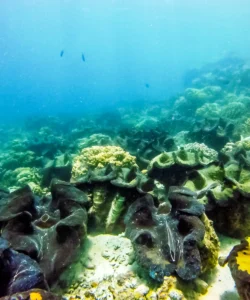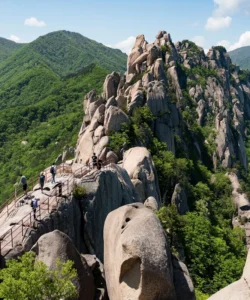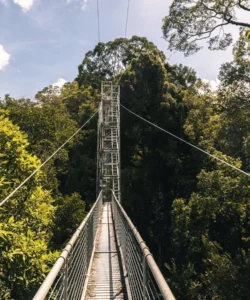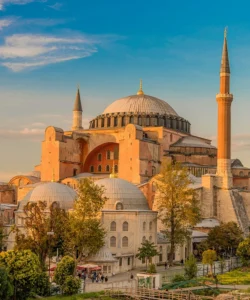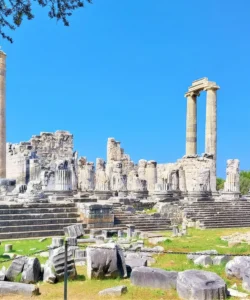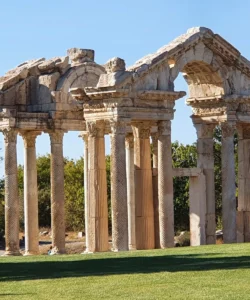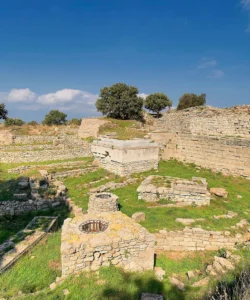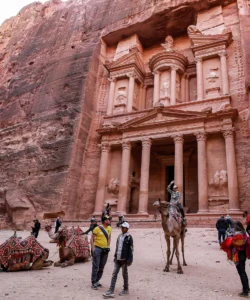Cappadocia is a historical region in Central Anatolia, Turkey, renowned for its otherworldly and spectacular landscape. It is famous for its unique geological formations, such as “fairy chimneys,” and a rich cultural heritage of rock-cut dwellings, underground cities, and Byzantine-era cave churches.
Listen to an introduction about Cappadocia
Name
Cappadocia (Turkish: Kapadokya), an ancient name that is believed to have meant “Land of Beautiful Horses.”
Address
The region of Cappadocia is located in Central Anatolia, Turkey. Its main towns and valleys are situated within the provinces of Nevşehir, Kayseri, Aksaray, and Niğde. Key tourist hubs include Göreme, Ürgüp, and Avanos.
How to Get There
Cappadocia is a popular tourist destination with good transportation links.
- By Air: The most convenient way to reach Cappadocia is by flying into either Kayseri Erkilet Airport (ASR) or Nevşehir Kapadokya Airport (NAV). From there, you can take a shuttle bus or taxi to your hotel in a town like Göreme or Ürgüp.
- By Bus: Overnight buses from major Turkish cities like Istanbul, Ankara, and Izmir are a popular and affordable option. The journey from Istanbul takes approximately 10 to 12 hours.
- By Car: Renting a car is an excellent way to explore the region’s scattered valleys and sites at your own pace.
Landscape and Architecture
Cappadocia’s landscape is a unique blend of natural and man-made wonders, a result of both geological processes and human ingenuity.
- Fairy Chimneys: The most iconic feature of the landscape is the “fairy chimneys”—tall, cone-shaped rock formations that were created by the erosion of volcanic tuff. These formations come in various shapes and sizes and are scattered across the region’s many valleys.
- Rock-Cut Dwellings: For centuries, people have carved homes, monasteries, and churches directly into the soft volcanic rock. Entire communities lived within these rock-cut structures, which provided natural insulation.
- Underground Cities: The region is home to several ancient underground cities, such as Kaymaklı and Derinkuyu. These multi-level subterranean complexes were carved out for protection, providing hideouts for thousands of people during times of invasion and persecution.
- Byzantine Cave Churches: The valleys are filled with hundreds of rock-cut churches, many of which contain well-preserved and vibrant frescoes that provide a rare insight into Byzantine art and religious life.
What Makes It Famous
Cappadocia’s fame is a combination of its surreal landscape and its rich human history.
- Hot Air Balloon Rides: Cappadocia is globally famous for its hot air balloon flights, which offer a spectacular, panoramic view of the fairy chimneys and valleys at sunrise. This has become an iconic, once-in-a-lifetime experience.
- “Fairy Chimneys”: The bizarre and beautiful rock formations are a hallmark of the region, making it an instantly recognizable and visually stunning destination.
- Unique Dwellings: The rock-cut houses and underground cities are a testament to the ingenuity and resourcefulness of ancient civilizations that adapted to their unique environment.
- Religious History: The region was an important center for early Christianity, with many of the rock-cut churches containing invaluable frescoes that survived centuries of iconoclasm and conflict.
Differences from Some Other Wonders (e.g., The Ancient City of Troy)
While both Cappadocia and the Ancient City of Troy are archaeological sites in Turkey, they represent very different types of historical wonders.
- Nature vs. Built City: Cappadocia is a natural wonder with man-made additions, where the landscape itself is the primary attraction. Troy is a built wonder, a layered city whose significance lies in its foundations, fortifications, and archaeological history.
- Architecture: Cappadocia’s architecture is almost entirely carved or excavated from the rock, making it an organic part of the landscape. Troy’s architecture was built from the ground up using stone and mud-brick.
- Historical Narrative: Troy’s fame is tied to a specific, legendary war and the classical world. Cappadocia’s fame is more about a long, continuous history of human adaptation to a unique environment, with a strong focus on its role in early Christianity.
Cappadocia Photos:




















